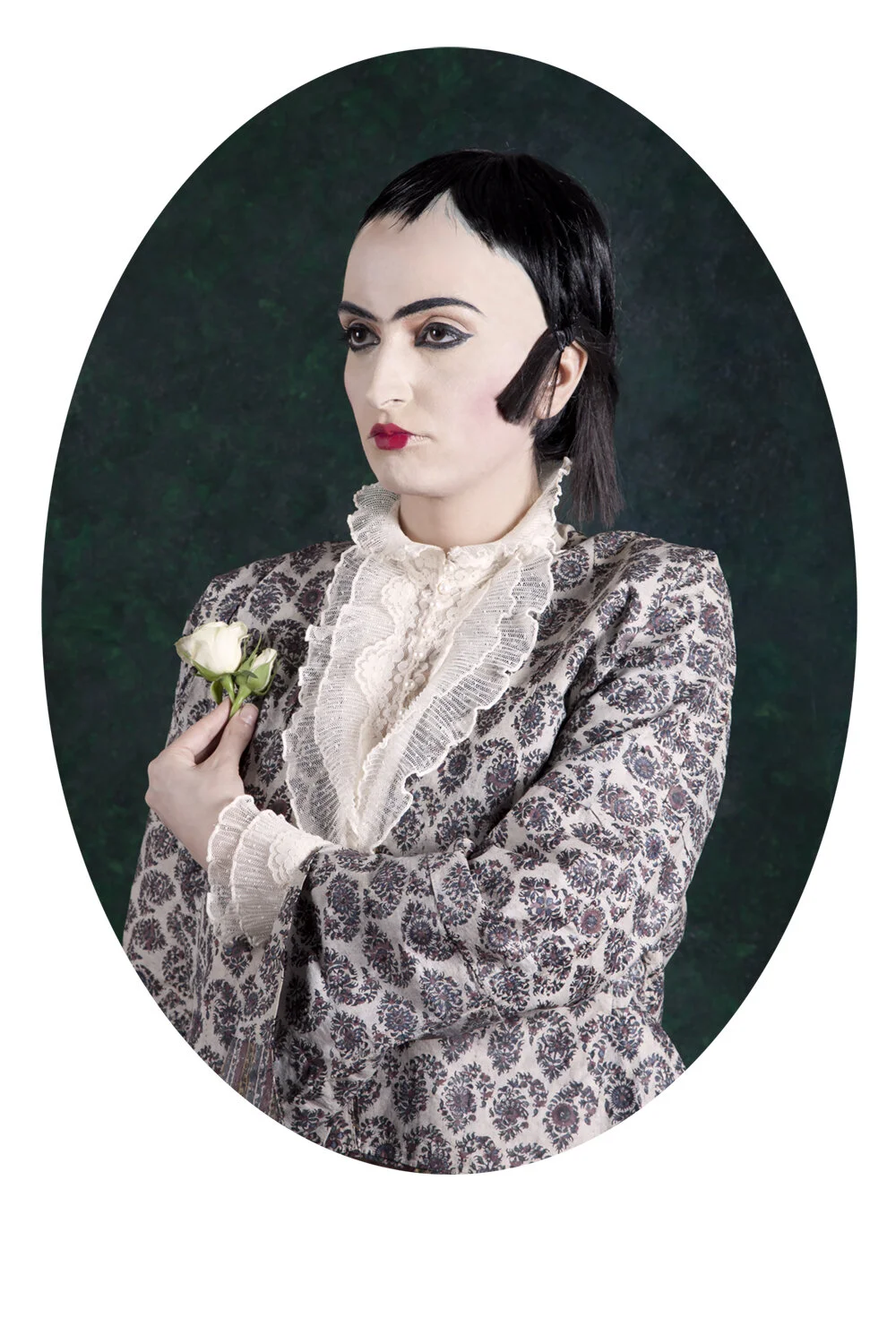Ghost Lovers دلبرکان خیالی
This series focuses on gender representation in the history of cultural exchange between Europe and Iran in 19th century Qajar paintings.
Very little has been written about gender norms in Iran. What is self-identified as feminine for Iranians is not constant but has evolved and changed through out history. In the 19th century, beauty in Iran was not distinguished by gender and the concept of love was open to both homo and heterosexual practices. Iranian painting’s of the same era is evidence of men and women having, or idealized as having, very similar facial and bodily features.
In Women in Mustaches and Men without Beards, Afsaneh Najmabadi states, “sometimes only the style of headgear distinguishes male from female in visual representations. Other times it remains very difficult to tell” (2005). By storytelling and role-play, this work explores the notion of gender ambiguity and draws a connection with the Western European painting of the same era.

